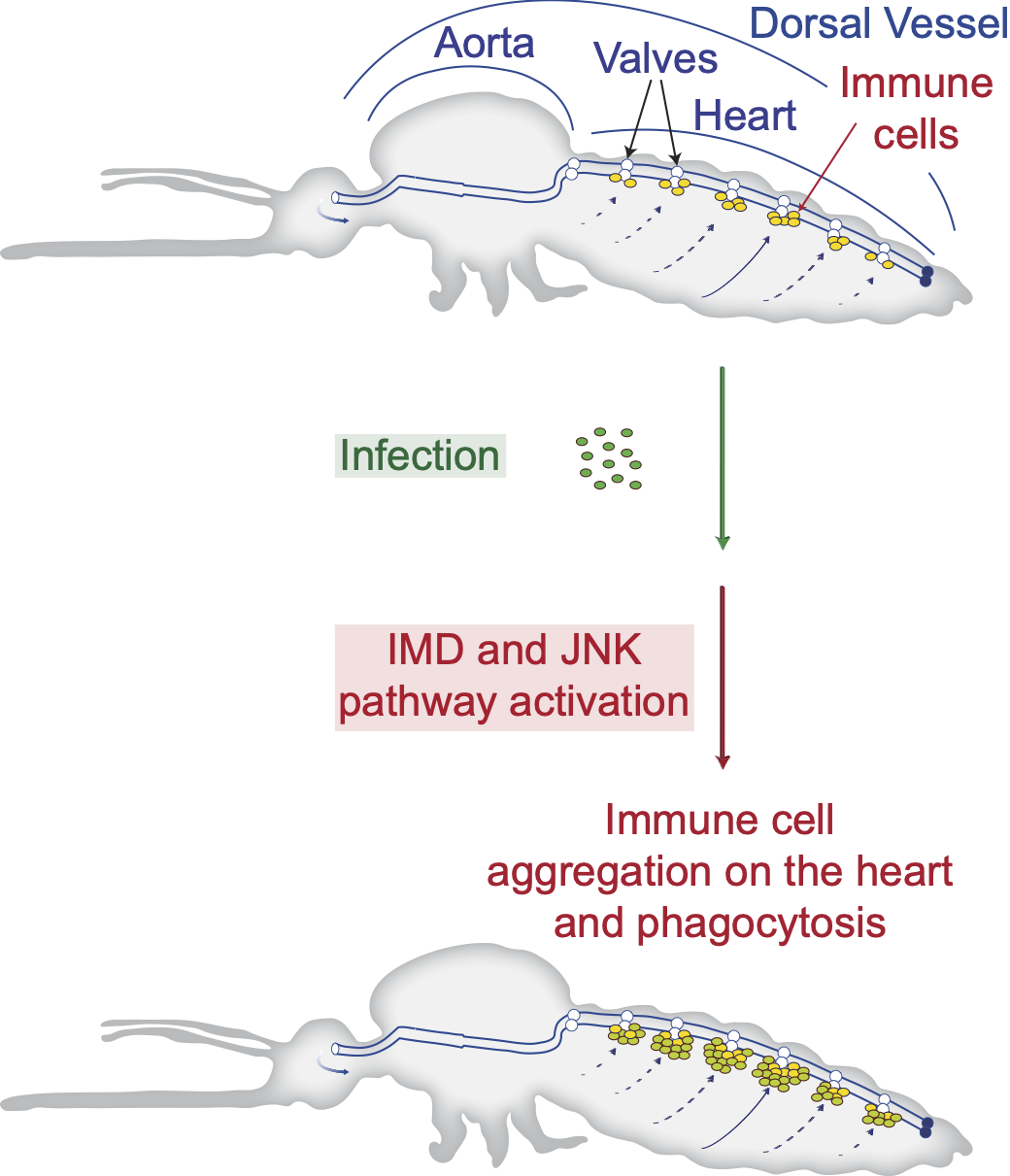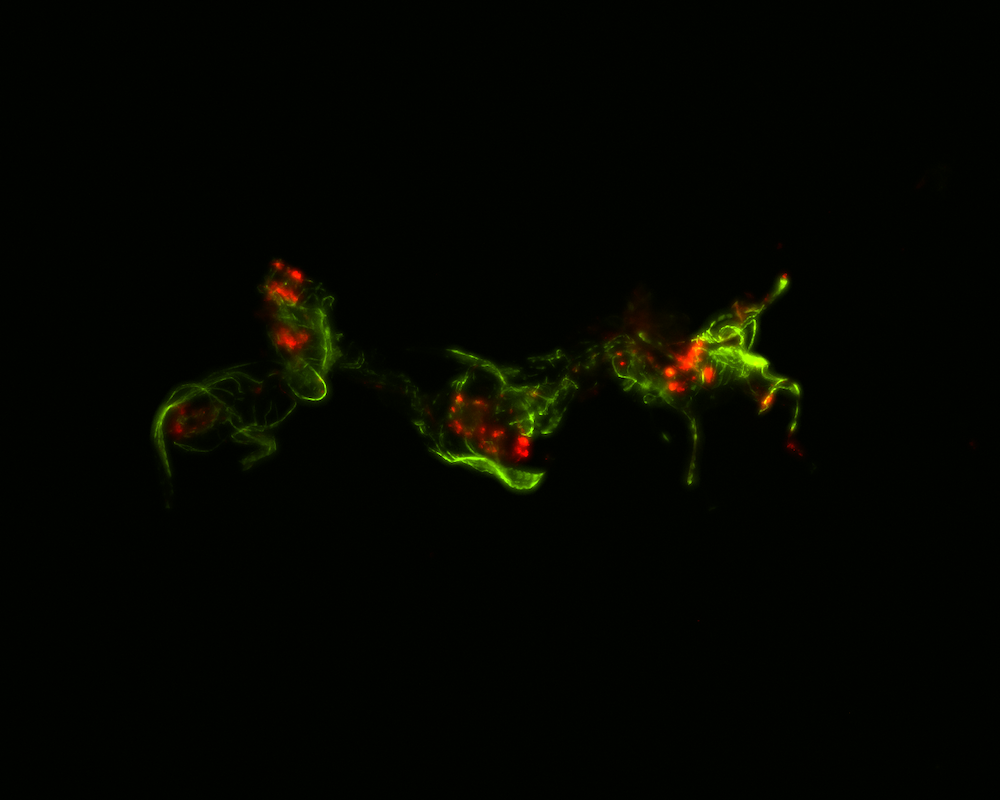Vanderbilt biologists discover genetic pathways linking the immune and circulatory systems of mosquitoes during infection
Vanderbilt biologists have discovered the genetic pathways that link the immune and circulatory systems of mosquitoes during the fight against infection. A mosquito fighting infection of malaria or bacteria attracts immune cells to its heart that filter microbes that are flowing in its blood, called hemolymph. The discovery of two pathways that link immunity and hemolymph circulation is a major contribution to the understanding of how mosquitoes, which are themselves disease vectors, respond to infection.
Julián F. Hillyer, professor of biological sciences, and his research team investigate the physiology of mosquitoes and, specifically, how the mosquito heart pumps hemolymph, how its immune cells fight infection and how these processes interact.
In some cases, mosquitoes beat infection through immunologically active cells in the heart. Because the circulatory system of mosquitoes contains only one contracting vessel and no arteries or veins, their hemolymph flows freely throughout the body. “Insects deploy a powerful immune response against infection, with immune cells aggregating on the heart to destroy passing microbes. Yet, the genetic mechanisms that guide these immune cells to the heart remained unknown,” said Yan Yan, PhD’21, a lead researcher on the project.





